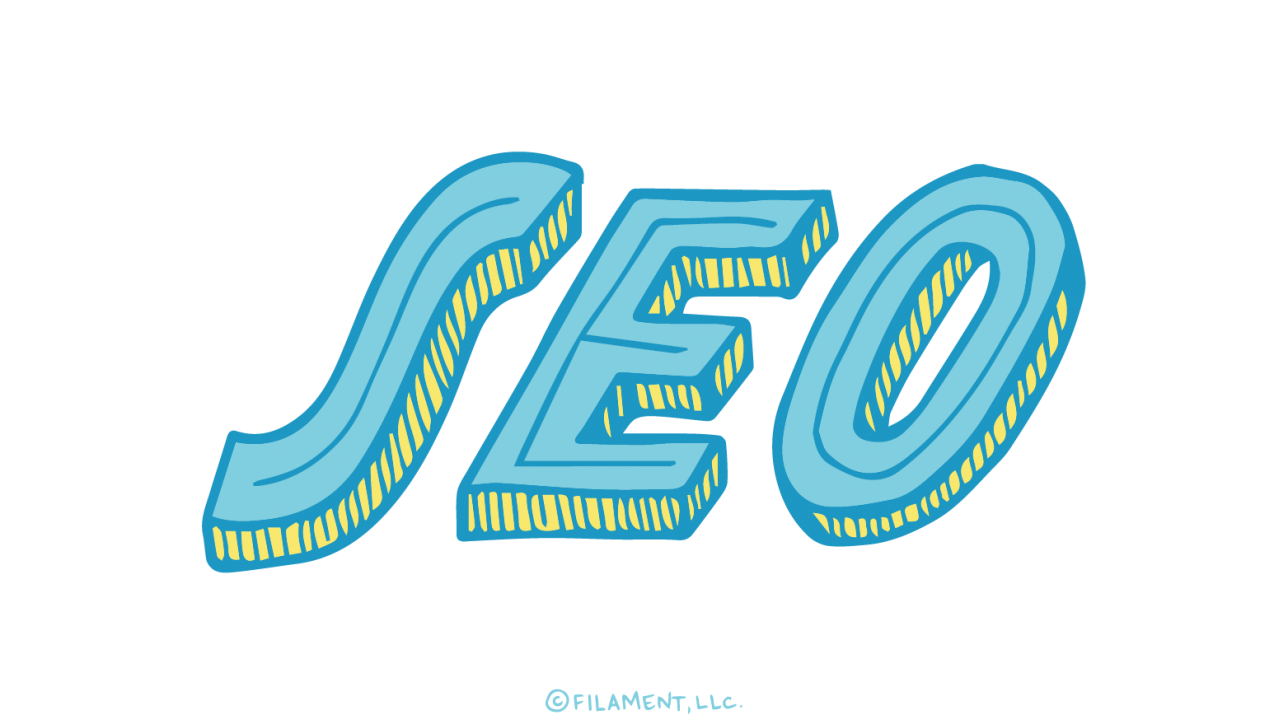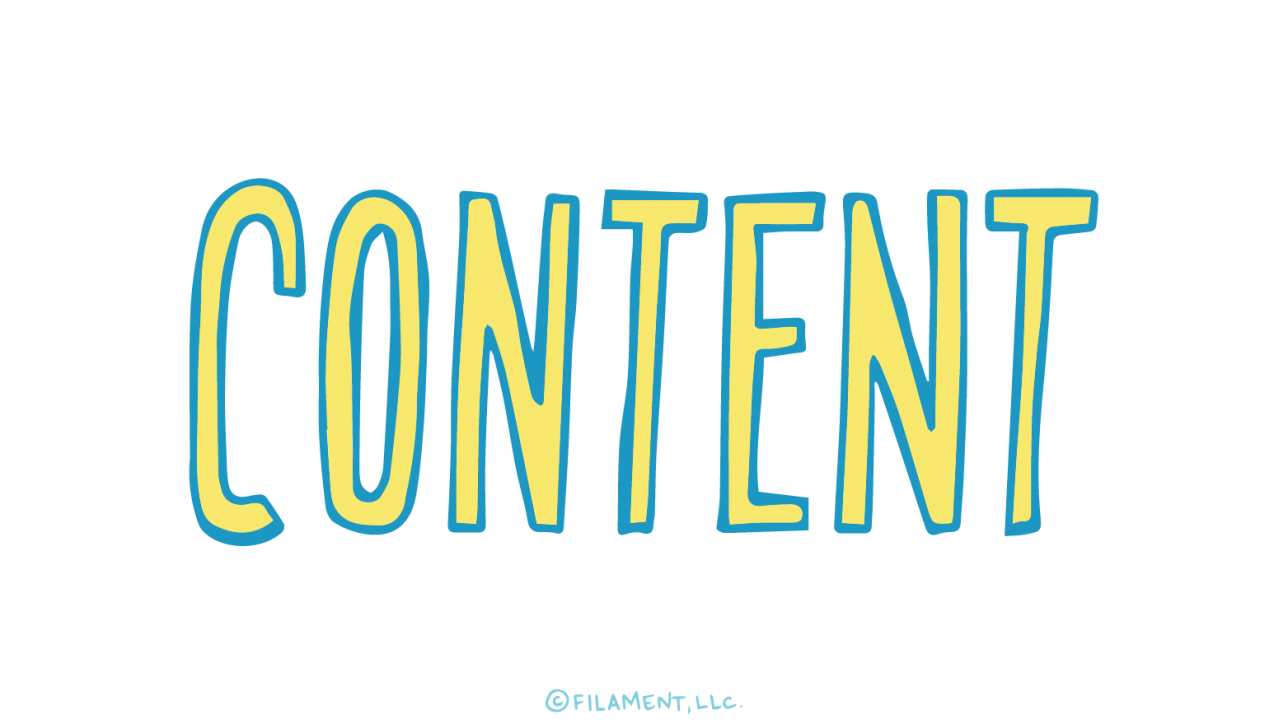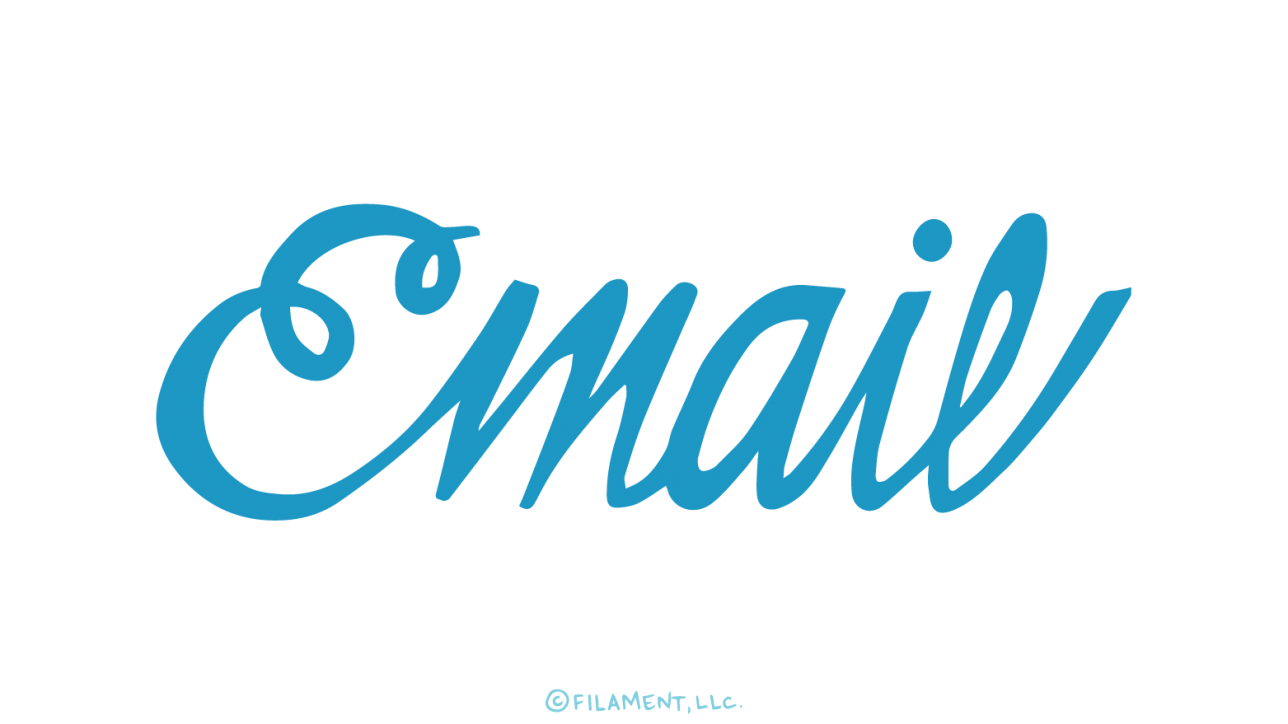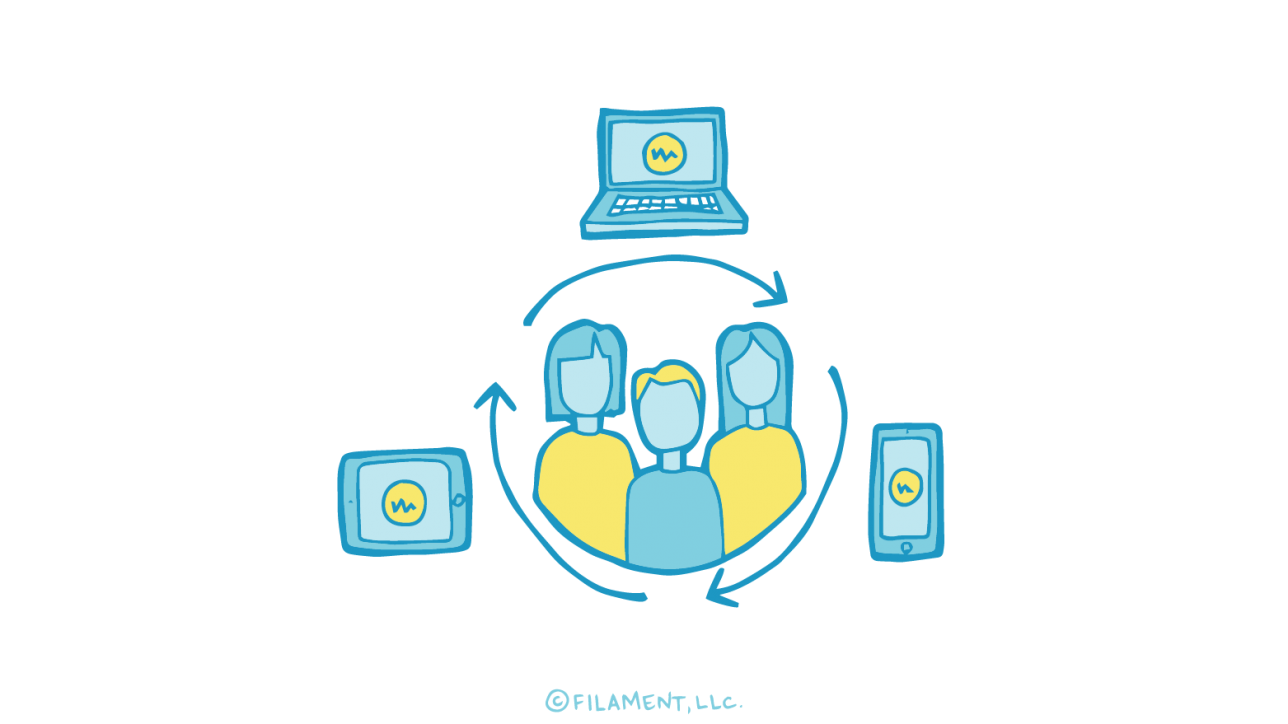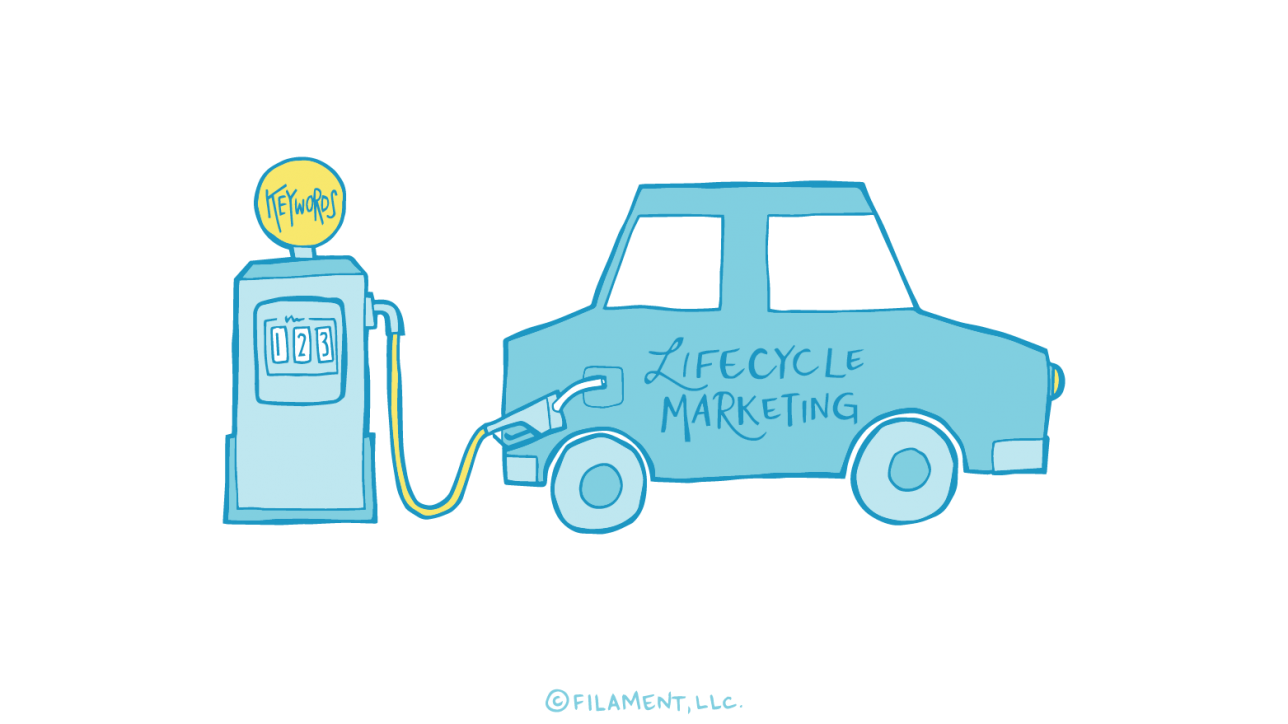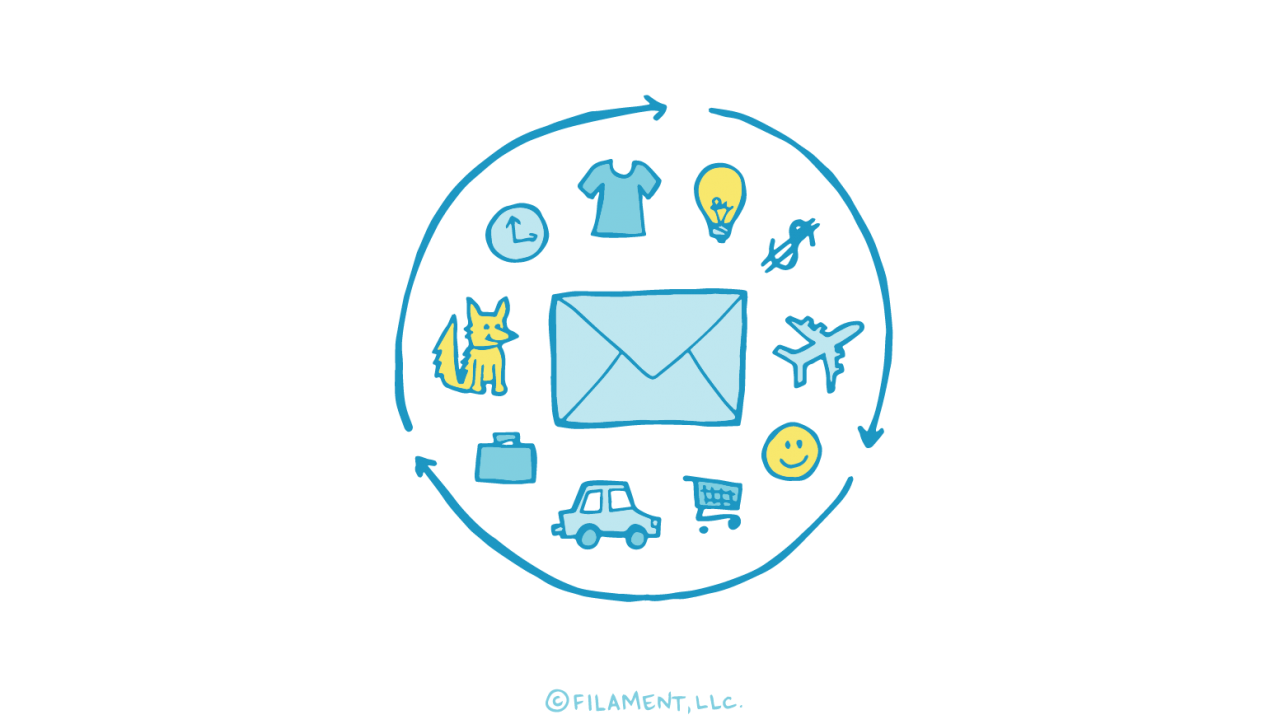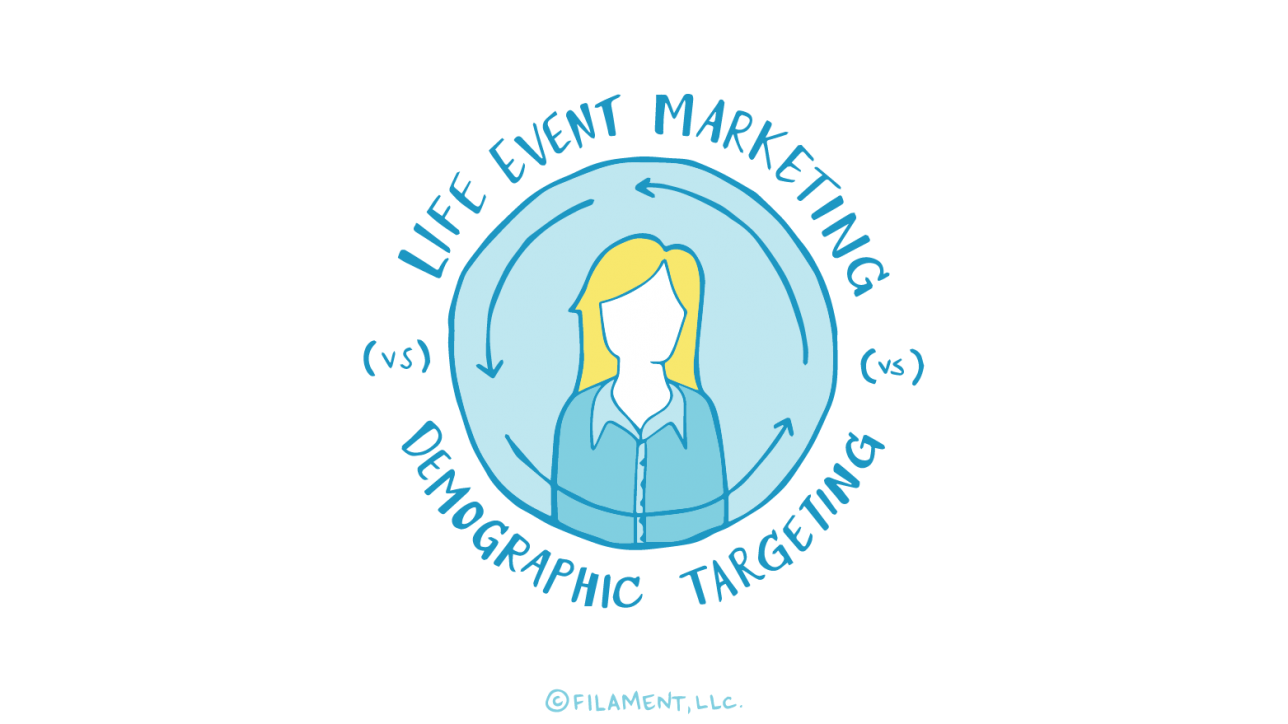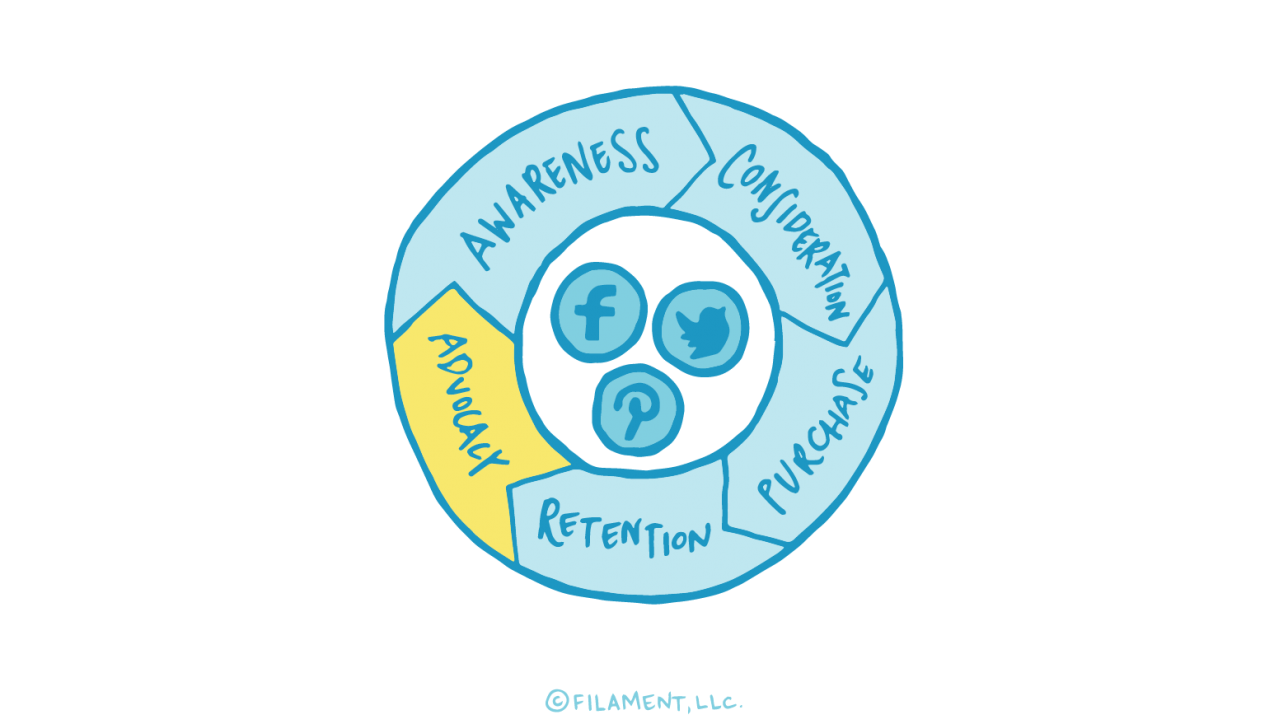When you’re working hard to create relevant messages that deliver value to your customers, it just makes sense to think about customers in various stages of their relationship with your brand. Using triggered messages as part of this process can help save you money and time. In this post, we offer tips, best practices and examples for creating triggered emails for different stages in the customer lifecycle.
Capture
During the beginning stages of the customer lifecycle, you want your emails to focus on driving that first purchase. Start with a welcome series of emails that introduces your brands and your products and services to your new subscribers. Look for ways to differentiate new subscribers, such as by where they signed up for your email list (e.g. Facebook, your website, etc.), by geographic location or demographics. Your email signup form is a great way to collect additional info, including areas or categories of specific interest that can help you hone your messages even further for greater relevance.
Then, set up a system to automate contact with newbies over time, e.g. one week out, one month out, 2 months out, etc., and offer specific promotions at each point in time dependent the customer’s engagement. For example, you can offer progressively higher promotions for folks who haven’t converted by the 30-day mark, 60-day mark, 90-day mark and beyond.
The Welcome Email
The best welcome emails get the subscribers attention and let them know what to expect in the future. They also provide additional ways to connect with the brand to get your relationship off to a great start. Ulta does just that in their welcome emails. What you can’t see in the image below is the part of the email where Ulta invites its new subscribers to connect with them through a variety of social media channels.
From: Ulta Beauty
Subject Line: Welcome! Say hello to your first special offer!

Nurture
In the middle stages of the customer lifecycle, you want to drive repeat purchases and higher customer engagement, be that more visits to your site or on social media. Your focus should be on building that relationship you started when you were trying to get the first purchase. Use what you know from those first interactions to build better campaigns. For example, create a cross-selling campaign in which you make personalized recommendations or highlight specific categories based on that first purchase. You could also send out announcements about new products related to the ones your subscriber purchased.
This stage is also the perfect place to send out thank-you emails, birthday emails, anniversary emails and the like. Acknowledge that you’ve started a relationship with these folks, just like you would any friend.
Lastly, consider creating a strategy for people who’ve only made one purchase. Try out different offers at different touchpoints (again, 30-, 60- and 90-day markers are a good place to start), promoting a larger incentive each time.
The Cross-Sell Email
This cross-sell email from REI does so many things right. They’re highlighting a new product related to an item previously purchased. They provide key information and a clear call-to action. Then, they provide specific, relevant information about 3 items the subscriber can only get an REI. And, lastly, REI goes above and beyond by offering expert advice on choosing the right headlamp followed by tips on taking photos at night using a headlamp. That’s a whole lot of value in just one email.
From: REI
Subject Line: In the Spotlight: New Black Diamond Headlamps



The Cart Abandonment Email
Ah, the cart abandonment email… ’tis an art in and of itself. This classic triggered email works well as part of a lifecycle marketing strategy since you know exactly where the customer is in the cycle. You just need to provide that last impetus to make the sale. To get your subscriber’s attention, go ahead and address the nature of the email from the start. That is, in the subject line—as SheIn.com does with the subject line “Did you forget something?” Then, provide a discount and a clear CTA to help them take that last step.
From: SheIn.com
Subject Line: Did you forget something?

Engage
In the later stages of the customer cycle, you might find that some customers are starting to fade away. If that’s the case, it’s time to win them back. Acknowledge that you haven’t heard from them in a while and give them a compelling reason to come back.
In addition, you want to be sure you’re rewarding your platinum-level customers with consistently relevant messages and standout offers. Consider creating a segment of the best of the best customers to whom you extend extra-special discounts.
The Survey Email
Surveys are a great way to engage your audience and get direct feedback. Follow Joss & Main’s lead by keeping your appeal short and sweet. Write in a voice that suits your brand and your customers. You could also provide an incentive in the form of a discount for completing the survey. In this case, Joss & Main offers their subscribers a better on-site shopping experience as a result of sharing key information.
From: Joss & Main
Subject Line: How are we doing? We’d love your thoughts.

The Winback Email
Uber Florida finesses that art of the winback email by acknowledging the distance in the customer relationship up front in their subject line. This tactic can lead lapsed customers to pause just long enough to prevent them from automatically moving your email to the trash. Then, in the body of the email, Uber gives this subscribers a reason to come back with a limited-time offer.
From: Uber Florida
Subject Line: We’ve missed you.

This winback email takes a slightly different tack. Instead of offering a discount, it gives the subscriber an opportunity to update their preferences, which lets Art.com gather useful data for providing relevant messages in the future—a win-win for both Art.com and the subscriber.
From: Art.com
Subject Line: We Miss You!

Testing
What’s the best time to reach out to past customers for customer reviews? What type of offer is most effective for cart abandonment campaigns? The only way to know is to test. Test different discounts at different times. Test the timing of your emails. Test subject lines, designs, CTAs, test, test, test. And don’t stop testing because things that worked once won’t necessarily continue to work in the future.
Personalization
The best thing about lifecycle marketing is that it lets you tailor your messages to everything you know about your customers. Use what you know about your customers to create content that’s relevant and meaningful to your customers and that will continue to build relationships. Personalize your content, your offers, and your timing to your customer’s needs and behaviors.
What are some of the strategies your business has used for lifecycle marketing and triggered emails? Share your success stories in the comments section below.
Get in touch with Filament today to start creating long-lasting relationships with customers through relevant, meaningful emails and other digital marketing strategies.
Triggered Emails & Lifecycle Marketing: Tips & Best Practices November 20th, 2015Filament Email Marketing Specialist
